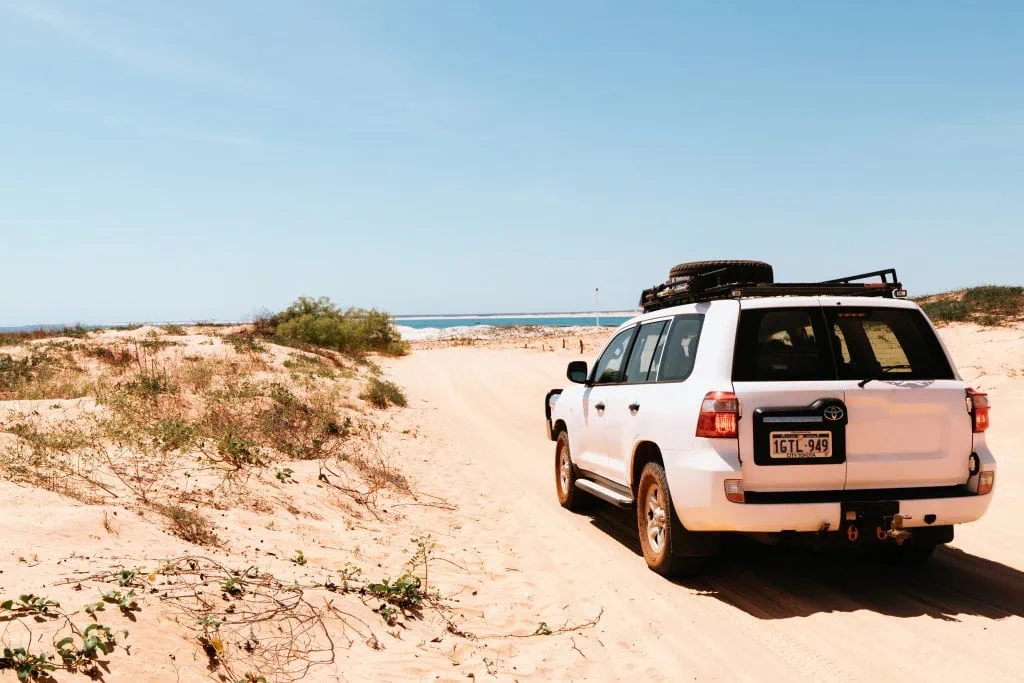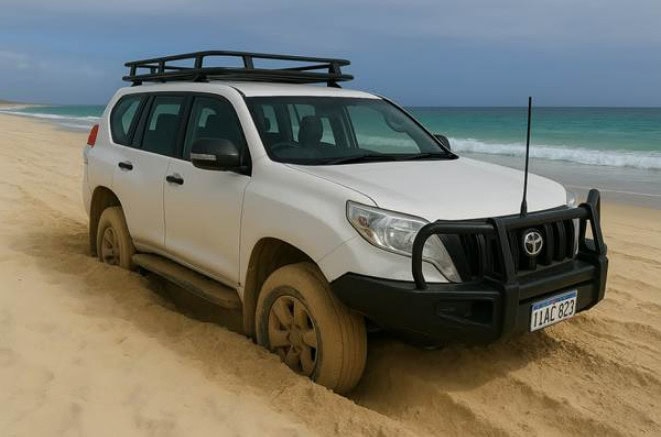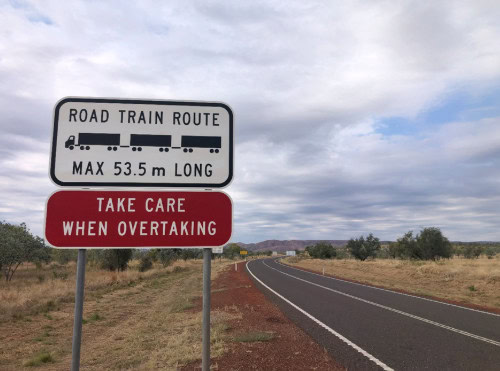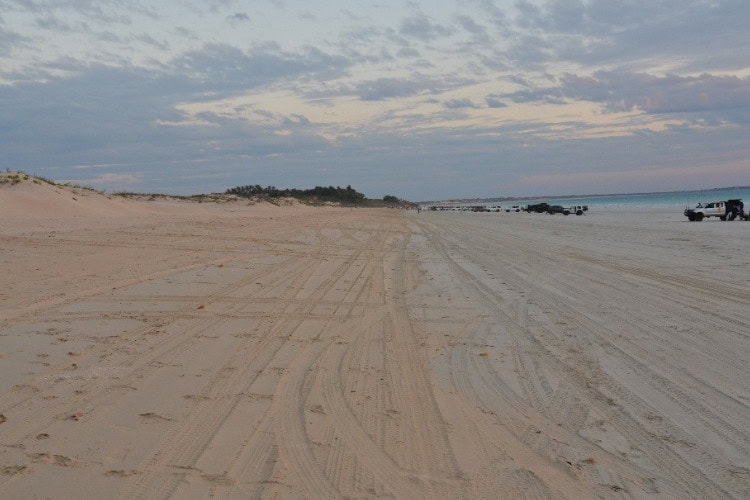A Must-Read for All 4WD Adventurers Exploring Remote Western Australia
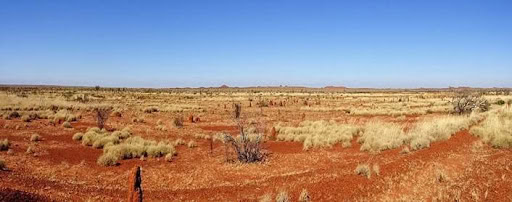
The horizon shimmers in the midday heat. You’re hundreds of kilometres from the nearest town. The track behind you is long forgotten, buried under red dust. There’s no phone reception, no traffic, no shade, just endless scrubs and silence. Your fuel gauge dips lower. The GPS has stopped responding. You’re alone, running out of water, and unsure which direction leads back to safety. This is not the adventure you imagined—this is the Australian Outback, and it doesn’t always forgive mistakes.
For travellers hiring a 4WD or a 4WD with a rooftop tent to explore Western Australia’s vast outback, the lure of remote beauty and off-the-grid solitude is part of the appeal. But isolation comes with real risks. Every year, travellers become stranded or lost due to avoidable errors, sometimes ending with fatal consequences.
To help you stay safe on your journey, the team at Red Dirt 4WD Rentals Perth has compiled five essential tips sourced from reputable Australian survivalist organisations and outback safety experts. These tips are crucial for anyone heading into regions where help can be days away and conditions can change in an instant.
1. Don’t Leave the Track – Ever
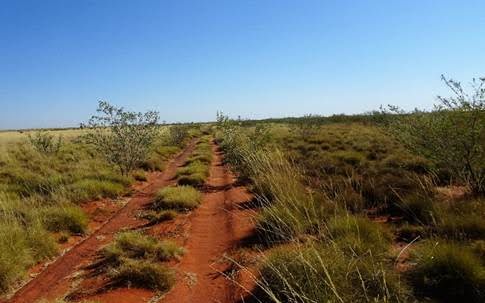
When you leave a track in the Outback, you are leaving behind safety and accessible help.
Tracks exist because they lead somewhere. They are mapped, sometimes patrolled, and often used by other travellers or pastoral stations. Venturing off-track into unmarked terrain, whether across desert plains, dry salt lakes, or dense scrub, dramatically increases your risk of getting stuck, damaging your vehicle, or becoming disoriented. While it might seem tempting to drive off-track, the Outback’s vast terrain poses dangers that even experienced travellers struggle to navigate.
Our advice? Don’t leave the track. Even with the right permits and experience, such routes should only ever be attempted with two or more vehicles, detailed satellite communications, and extensive survival training. For most travellers: stick to mapped tracks and known routes.
2. Tell Someone Exactly Where You Are Going and When You’ll Return
Before heading out, leave an itinerary with a friend, family member, or your rental company. Include your planned route, estimated arrival times, camping spots, and when you expect to return.
Should something go wrong and you miss a check-in or return date, your contact can alert authorities and help rescuers locate you. This small step has saved lives. If you change your plan mid-trip, try to communicate the update via email or text message BEFORE you leave civilisation.
3. Never Leave Sight of Your Vehicle
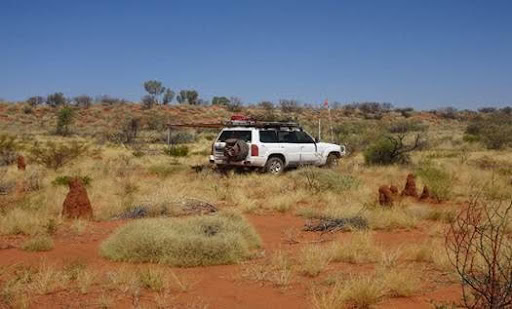
Your vehicle is your shelter, your shade, and your signal to search parties. Leaving it even for a “quick walk” to a lookout, waterhole, or photo opportunity can lead to disorientation, especially in open desert or dense bushland.
Many tragedies have occurred where adventurers wandered just a few hundred metres from their car and became lost. In high temperatures and unfamiliar terrain, confusion can set in fast, and landmarks become indistinguishable. Always stay in proximity of your vehicle, and if walking away, take a GPS marker, plenty of water, and a buddy. Better yet, don’t leave it at all unless necessary.
4. Carry a Satellite Communications Device or Personal Locator Beacon
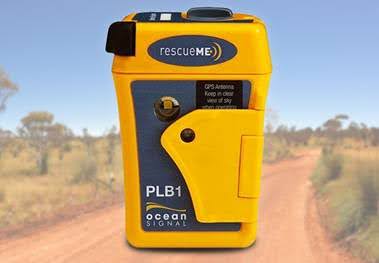
Mobile coverage across remote Western Australia is almost non-existent. You cannot rely on your phone to call for help. A satellite phone or Starlink satellite dish and modem which can be connected to your computer or mobile phone or a registered PLB (Personal Locator Beacon), is an essential piece of gear—not a luxury.
These devices can connect you with emergency services or transmit your location to search and rescue teams. A PLB must be registered in Australia to work effectively. Rental companies may offer these for hire—don’t overlook them. In the Outback, they can mean the difference between life and death.
5. Prepare for Self-Sufficiency
In remote areas, you must be fully self-sufficient. That means carrying ample food and water, tools to fix basic mechanical issues, spare tyres, fuel reserves, first aid kits, and navigation tools. Experts recommend a minimum of 5-7 litres of water per person per day, plus extra in case of emergency.
Make sure you know how to operate your 4WD vehicle, change a tyre, and manage your engine’s temperature in extreme heat. Know the warning signs of dehydration and heat exhaustion. If something goes wrong and you cannot move, stay with your vehicle, set up shade, and wait for help.
If you are planning to travel through remote and isolated regions in Australia, travel with at least one other vehicle. Safety is in numbers in Australia’s outback. You have more people to throw ideas at your problems, more vehicles to pull your bogged vehicle out, more supplies and equipment to work with and more company should you become stranded.
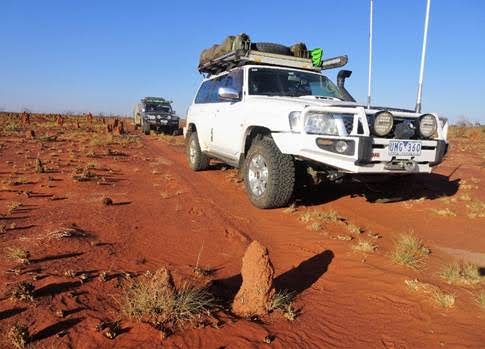
Final Word
The Outback is one of the most majestic and humbling places on Earth. Its silence, space, and spirit attract thousands of travellers each year, but it must be respected.
If you plan to hire a 4WD and explore Western Australia’s vast, remote regions, take these precautions seriously. Avoid the temptation to explore unmarked territory, never underestimate how quickly conditions can change, and always plan for the worst-case scenario.
At Red Dirt Rentals, we offer 4WD Hires and 4WD with Roof Top Tent Hires that come fully equipped with everything you’ll need for your camping adventure. From navigational systems to recovery equipment, our inclusions prioritise your safety and prepare you for self-sufficiency. If you’re planning to take it off-road, our 4WDs are made for rugged terrain and long-distance travel, so you can go beyond tourist hubs and enjoy WA’s nature. Our team of professionals are also here to support you and provide advice that ensures you are well-prepared for your adventure.
Want more tips? Check out Part 1 of our Outback Survival Tips: What to Do If You’re Stranded in Remote Western Australia
Your best adventure is the one where you come home safely, with stories—not headlines.
Read Red Dirt’s other blogs to plan for your next Australian Adventure!

